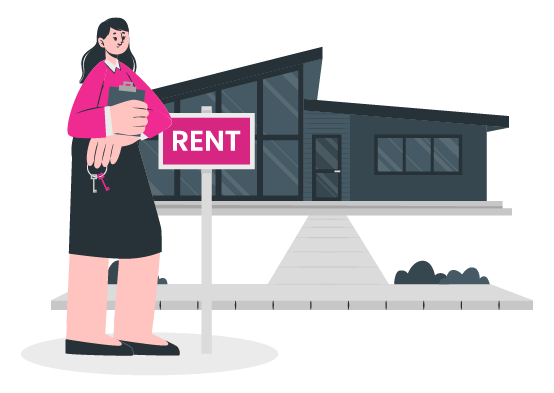The Irish Real Estate news continues to highlight the dynamic shifts within the Irish rental landscape. With increasing demand, constrained supply, and a transforming regulatory environment, understanding current market forces is essential for renters, landlords, and property investors alike.
In this blog, we explore the latest trends in rent prices, regional disparities, and what these changes mean for the future of renting in Ireland.
Ireland’s Rental Market Snapshot
Recent Irish Real Estate news reports indicate that average national rent prices have climbed by 6.2% year-on-year, with urban areas such as Dublin, Cork, and Galway showing the sharpest increases. Rents in Dublin alone have surpassed pre-pandemic levels, with the average one-bedroom unit in the city now costing over €1,700 per month.
Rural areas are not exempt from rising costs either. Counties like Louth, Meath, and Kildare are witnessing increased demand due to commuter migration from city centres, placing further strain on supply.
What’s Driving the Rise in Rent Prices?
Several factors are contributing to the continued rent escalation:
- Limited Housing Supply: Despite efforts to ramp up construction, the number of new rental units has not kept pace with demand. The shortage is particularly acute in cities and university towns.
- Increased Demand: With inward migration, the return of international students, and rising employment rates, more people are seeking rental accommodation.
- Landlord Exit: Regulatory pressures, such as stricter rent caps and tenancy rules, are leading many private landlords to sell their properties, further reducing available stock.
- Inflationary Pressures: Broader inflation, particularly in energy and construction costs, is also reflected in rent adjustments.
Regional Disparities in Rent Trends
According to the most recent housing updates featured in Irish Real Estate news, rent increases are not uniform across the country:
- Dublin: Still the most expensive rental market, with limited availability in key areas like Ranelagh, Ballsbridge, and the Docklands.
- Cork: Strong job growth in the tech and pharmaceutical sectors is driving up rental demand in the city and surrounding areas.
- Galway and Limerick: Student demand and the growth of regional universities are contributing to a tighter rental market.
- Midlands and Northwest: These areas remain more affordable but are beginning to see upward trends due to remote working trends and migration.
Government Response and Policy Measures
In response to growing concerns, the Irish government has implemented a range of policies, including:
- Expanding the Housing Assistance Payment (HAP) to support low-income tenants
- Introducing cost rental schemes to provide long-term affordability
- Increasing investment in public housing through Housing for All initiatives
However, critics argue that implementation delays and planning bottlenecks continue to undermine the effectiveness of these solutions.
The Role of Technology and Data in Rental Decision-Making
In a fast-moving rental environment, data-driven insights can make all the difference. FindQo.ie provides tools designed to help users:
- Access live market data from all major Irish rental platforms
- Compare historical rent prices by region, property type, and size
- Leverage AI-driven insights tailored to Ireland’s unique property trends
Whether you’re a prospective tenant, an investor, or a landlord, FindQo.ie offers real-time intelligence to guide your decisions with confidence.
Final Thoughts
The rental market remains a central focus of Irish Real Estate news, with affordability and availability top of mind for many households. As Ireland continues to experience economic growth and population shifts, rental trends are likely to remain dynamic throughout 2025 and beyond.
Stay informed, compare local prices, and make smarter property decisions by visiting FindQo.ie.
Track rental demand. Understand regional trends. Rent smarter – with FindQo.ie.

